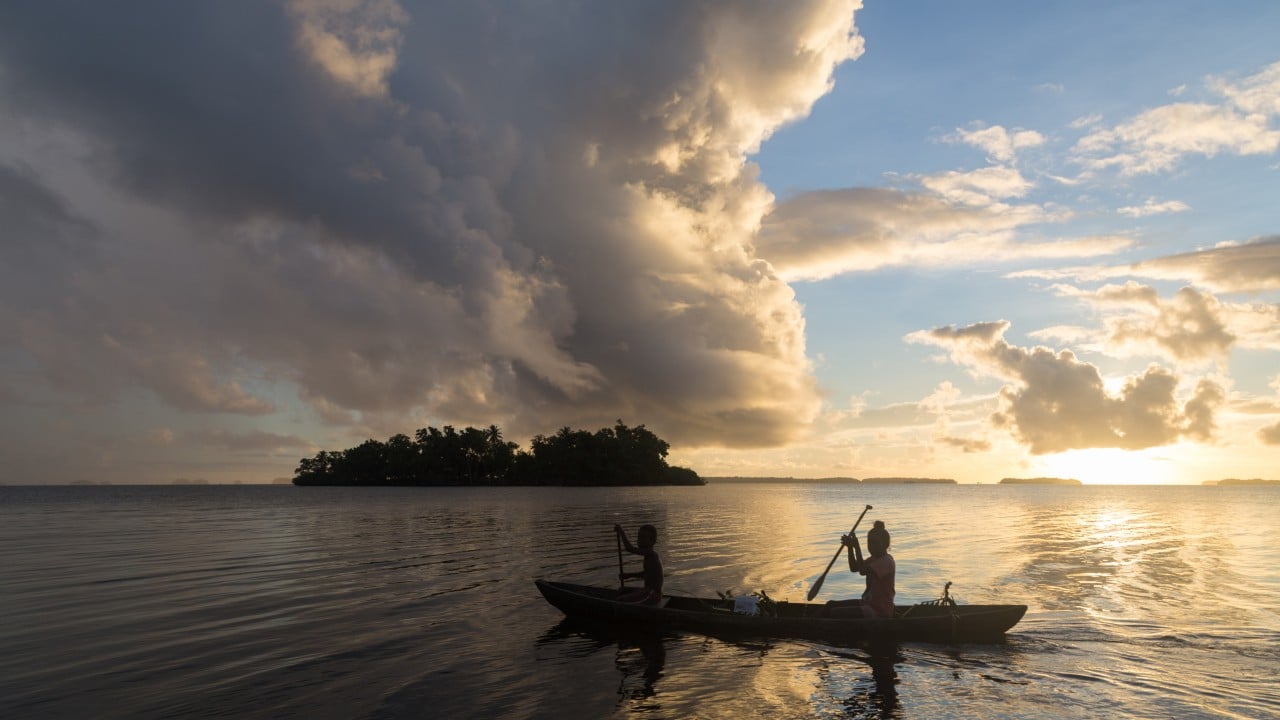Pacific island nations are racing to enhance marine conservation, establishing sweeping “no-take” zones and pledging to sustainably manage vast swathes of their territorial waters despite facing limited resources and geopolitical pressure.
Advertisement
Among them, Samoa last month unveiled a ban on fishing, mining and other extractive activities over 30 per cent of its ocean territory by 2027. The move will create 36,000 sq km (13,900 square miles) of marine protected areas (MPAs) – more than 12 times the country’s land size.
“Like other Pacific island nations, challenges like marine habitat destruction, overfishing, and pollution threaten the health of Samoa’s ocean, which endanger the well-being of our people,” Toeolesulusulu Cedric Pose Salesa Schuster, Samoa’s natural resources and environment minister, told This Week in Asia.
“Samoa’s marine spatial plan addresses these urgent issues and offers solutions to sustain the ocean and what it provides for us now and for future generations.”
Such planning has become increasingly common across the Pacific, even as global progress on the so-called “30×30” pledge – to protect 30 per cent of Earth’s land and ocean area by 2030 – has slowed.
Advertisement
French Polynesia has committed to fully protect more than 1 million sq km (390,000 square miles) of its waters. Tonga, Niue and New Caledonia have already enacted expansive MPAs. At the UN Ocean Conference (UNOC) in Nice held earlier this month, the Solomon Islands and Vanuatu announced plans for a Melanesian Ocean Reserve that – once formalised – would safeguard over 6 million sq km of ocean by tapping indigenous knowledge.


